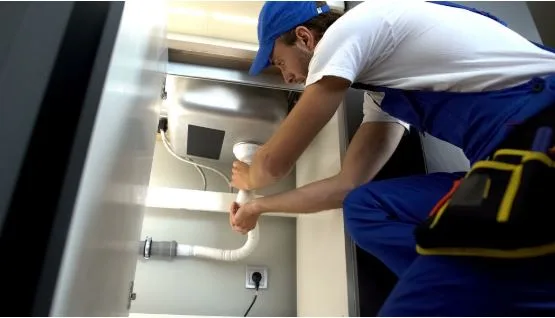The Reasons Regenerative Medicine Will Shape Patient Care In The Future
Regenerative medicine is quickly changing the healthcare industry by providing cutting-edge treatments that target the underlying causes of illness and damage rather than just treating their symptoms. This area is opening the door for therapies that may replace, repair, or restore damaged tissues and organs by using the body’s natural healing processes. Stem Cell Therapy Las Vegas and companies like Dynamic Stem Cell Therapy are at the forefront of regenerative medicine, which is a new frontier in patient care for both acute injuries and chronic illnesses.
Comprehending Regenerative Medicine
Regenerative medicine aims to enhance and use the body’s natural healing mechanisms. To restore normal function, this may include the use of tissue engineering, growth factors, stem cells, or other biological techniques. Regenerative techniques encourage the body to repair itself, as opposed to traditional treatments that could mainly depend on medications or invasive surgery. The goal is long-term rather than short-term comfort.
The Function Of Stem Cell Treatment
Stem cell treatment is at the heart of many advances in regenerative medicine. Stem cells are special because they can support tissue regeneration and differentiate into several cell types, including muscle, cartilage, neurons, and skin. By focusing on sick or damaged regions without the dangers of major surgery, stem cell treatment may enhance function, decrease inflammation, and speed up recovery.
Experts in Stem Cell Therapy Las Vegas | Dynamic Stem Cell Therapy are using cutting-edge methods to treat ailments such as autoimmune diseases, chronic pain, sports injuries, and joint degeneration. Patients often report better quality of life, reduced pain, and quicker recovery periods.
Resolving Issues That Were Once Thought To Be Incurable
The potential of regenerative medicine to heal diseases for which there was previously little or no effective therapy is among its most intriguing features. For instance, painkillers and, in extreme situations, joint replacement surgery have historically been used to treat degenerative joint illnesses like osteoarthritis. Injections of stem cells may now help repair cartilage, lessen discomfort, and increase mobility, perhaps preventing or postponing surgery.
Potential prospects for regenerative therapy include cardiovascular damage, neurological disorders, and possibly certain autoimmune illnesses. As science progresses, the possibilities keep growing, giving patients who previously had few alternatives new hope.
Reducing Recovery Time And Invasive Procedures
Long recovery times, excruciating pain, and the possibility of complications are common features of traditional procedures. Usually using injections or targeted applications rather than extensive incisions, regenerative therapies are less invasive. This lessens the chance of infection or other surgical hazards in addition to decreasing downtime.
This implies that athletes may resume training more quickly, and regular people can resume their jobs, hobbies, and daily routines without experiencing any long-term disruptions.
Tailored And Focused Care
Personalized healthcare is embraced by regenerative medicine. To reduce the danger of rejection and increase compatibility, treatments may be customized to the patient’s particular biology, often using their own stem cells. This focused strategy guarantees that the treatment takes into account both the patient’s unique healing requirements and the precise location of the harm.
For complicated illnesses, when a one-size-fits-all approach is less helpful, precision medicine is especially beneficial. Experts like those at Dynamic Stem Cell Therapy develop individualized programs that provide better, more consistent results after thorough examination.
Cutting Down On Long-Term Drug Dependency
A lifetime of prescription medicine is often required for chronic diseases, which may result in negative effects, reliance, and expensive expenses. By addressing the root cause, regenerative medicine may be able to lessen or perhaps completely do away with the requirement for continuous pharmacological therapies. By lowering total healthcare costs, this not only improves patient health but also yields long-term financial gains.
The Prospects For Regenerative Medicine In The Future
With further research broadening its uses, regenerative medicine seems to have a bright future. It is anticipated that developments in genetic engineering, biomaterials, and stem cell research may open up new therapeutic options for even more ailments. Patients will have more access to these cutting-edge treatments as regulatory frameworks change, and clinical studies are yielding positive outcomes.
It’s possible that regenerative medicine may be included into hospitals, sports medicine, chronic illness treatment, and even preventative care in the years to come.
In Conclusion
A paradigm change in healthcare from symptom management to actual healing is represented by regenerative medicine. It’s not surprising that specialists refer to it as the future of patient care given its capacity to rebuild and mend damaged tissues, speed up recovery, and cure ailments that were previously believed to be incurable.
By use of developments in stem cell therapy Where conventional treatment fails, Las Vegas clinics like Dynamic Stem Cell Therapy are already delivering this future to patients today by providing hope, innovation, and long-lasting healing. Regenerative medicine will continue to change lives and redefine what is feasible in contemporary healthcare as research advances.






